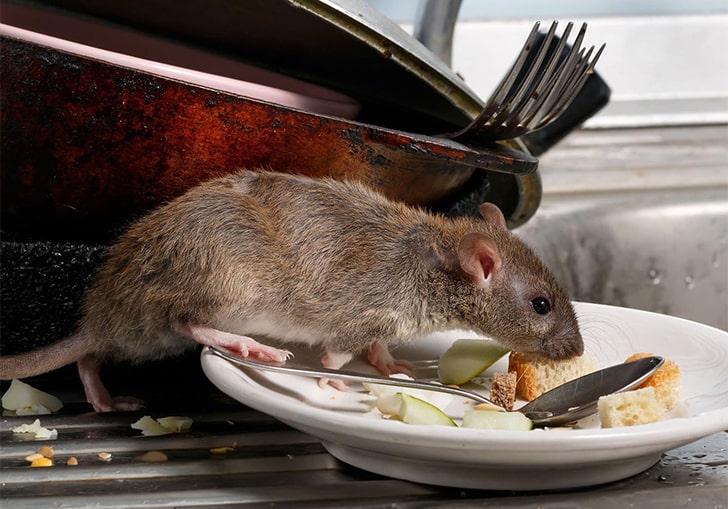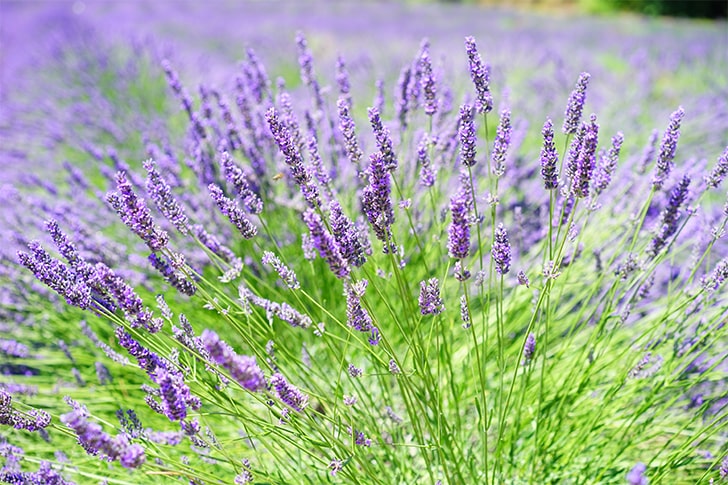Pests can come in all shapes and sizes, from tiny insects to larger rodents. Fortunately, there are natural solutions we can use to keep them away. Before trying any of these solutions, however, it is crucial to understand biological control and the different types of natural solutions available. Knowing the pest life cycles and the local environment is essential to choose the best option. Here is a guide on using natural pest control to keep those pests away!
What Is Biological Control?
Biological control is a method of pest management that uses other living organisms—such as plants, insects, or animals—to reduce or eliminate the population of pests. The living organisms in this method act like natural predators by either preying on the pests directly or disrupting their life cycle.

Command Pest Control / Instagram
Several biological control methods exist, including mechanical traps, insecticides, beneficial insects (such as ladybugs and praying mantises), and releasing sterile insects into an area to reduce mating and reproduction.
Types of Natural Solutions
Repellents
Repellents make an area unappealing or uncomfortable for pests through taste aversions, odors, sounds, lights, or other vibrations. Some examples include spraying plants or areas with natural repellents made from essential oils or other plant extracts. We can also place ultrasonic sound repellents around a site or set up bright lights to deter nocturnal creatures.
Traps

Skitterphoto / Pexels
Traps are a popular solution for pest removal because they are effective and easy to use. We can use several types, such as glue, snap, live, and electronic traps, to capture or kill many pests.
Beneficial Insects
If you want a more environmentally-friendly approach to keeping pests away for good, introducing beneficial insects into your garden is an effective solution. Beneficial insects like ladybugs and praying mantises feed on common garden pests like aphids and caterpillars, leaving other helpful organisms—like bees—alone.
Care When Using Homemade Remedies
Research Ingredients:
When making your own homemade repellents or using any other natural pest control methods, it is vital to research the ingredients you plan on using to ensure they will be safe for you and your family, and the environment.
Consult a Veterinarian:
Suppose you are dealing with a more significant pest problem in your home, such as snakes or raccoons. In that case, we recommend that you consult a veterinarian or pest expert before trying any homemade remedies so that they can advise you on the best course of action for your specific situation.
Understanding Pest Life Cycles
A. Reproduction: Understanding the reproduction habits of a specific type of pest can help you determine how long it takes for a pest population to grow and how often they reproduce so that you can better plan for an efficient extermination process if necessary.

Command Pest Control / Instagram
B. Feeding Habits: Knowing what food sources a particular type of pest prefers can also help you determine which areas to target first for pest control efforts to be successful. After all, eliminating food sources is usually one of the most effective ways to end an infestation before it grows out of hand.
Understanding Your Local Environment
Seasonal Changes:
It is essential to be aware of seasonal changes in your area. Many pests become more active during certain times of the year, like warmer months when temperatures increase or during wetter weather when conditions are more favorable for them to breed and thrive in numbers outside your home's walls.

Command Pest Control / Instagram
Local Wildlife:
In addition, understanding the local wildlife in your region is essential as some species may predate on particular types of pests, which could provide some natural control options if available in abundance in your area. These can include birds like woodpeckers that feed on wood-boring insects like termites or frogs that prey on flies and mosquitoes around ponds and standing water sources outdoors near homes and buildings where these pests commonly hide out during summer months.
Non-toxic Repellent Ideas

Pixabay / Pexels
Plants
Certain plants have natural repellent properties against certain pests, such as citronella grass for mosquitoes or lavender oil for moths. In contrast, others have strong odors that may deter larger animals, such as coyotes, from prowling near homes at night when planted strategically around them. So researching which plants have repelling properties against different kinds of animals can be helpful when planning landscaping projects around residential properties.
Essential Oils
Essential oils such as peppermint, eucalyptus, tea tree, cedarwood, cinnamon, and lemongrass are all effective at helping repel many small insects without having to resort to using harsh chemical pesticides that could potentially harm both humans and animals alike over time.
Household Items
Reusing household items such as aluminum pans filled with water near doorways can help keep flies away. And using mesh screens over windows can keep mosquitos from entering our homes. We can also boil one cup of water mixed with one tablespoon each of salt and sugar. Pour it down drains outside the house at least once weekly to prevent cockroaches from entering through plumbing lines.
show more






















